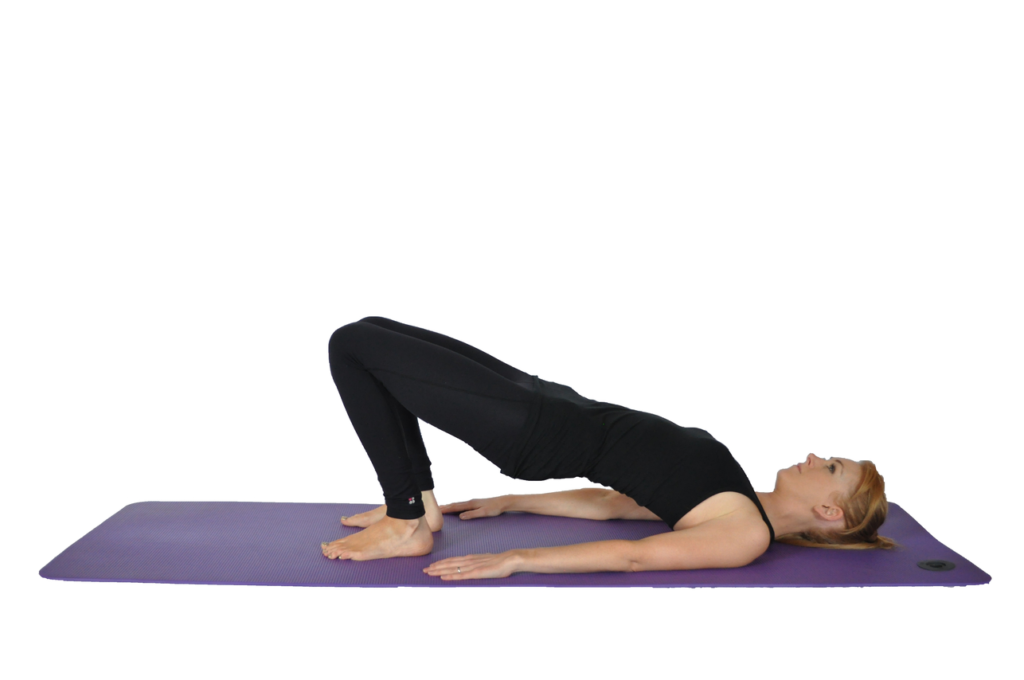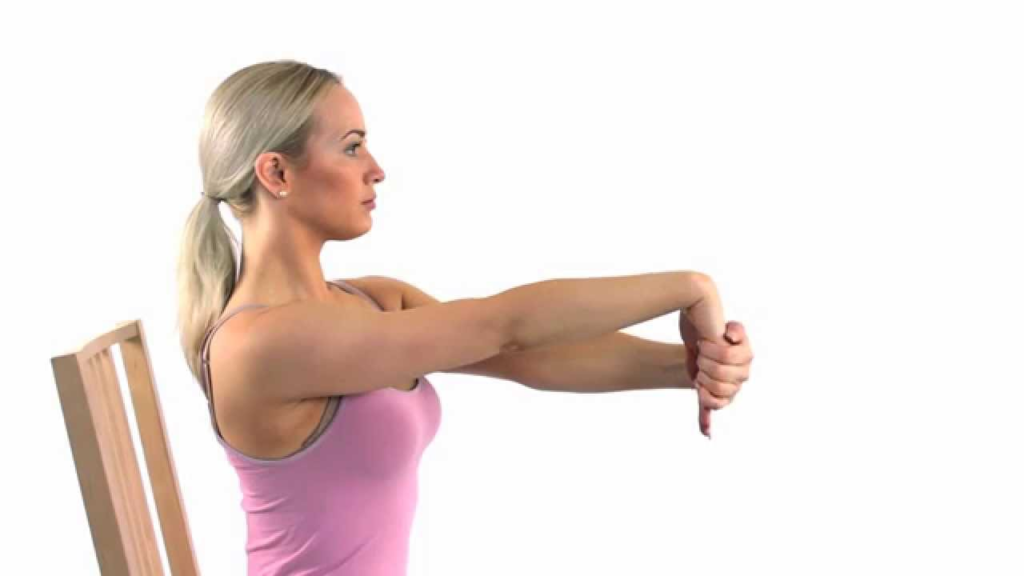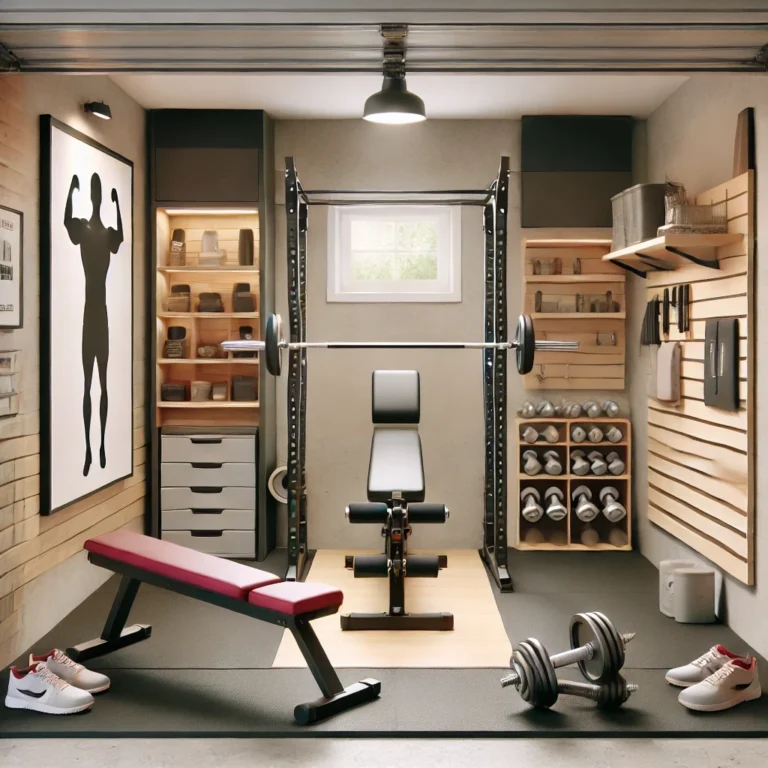Gymnastics stretches for beginners are essential for building a solid foundation in flexibility, strength, and control. Stretching helps prepare the body for the dynamic movements required in gymnastics, making it a crucial part of any training routine. For beginners, these stretches are especially important because they reduce the risk of injury by loosening tight muscles and increasing joint mobility. By practicing regular stretching, beginners can also improve their performance, gaining the flexibility and range of motion needed to execute basic gymnastics skills with confidence and ease. In this guide, we’ll explore a range of beginner-friendly gymnastic stretches that will support safe and effective progress.
If just starting out or looking to find more beneficial stretches to add to your warm up routine, check out our essential guide to gymnastics stretching here.
Why is Flexibility Important in Gymnastics?
Flexibility plays a vital role in gymnastics, as it allows gymnasts to perform a wide range of movements safely and efficiently. Enhanced flexibility improves range of motion, enabling gymnasts to stretch, twist, and bend more freely. This range is essential for executing skills that require extended positions or high kicks, which are common in many gymnastics routines.

Additionally, flexibility contributes to better balance and body control, as flexible muscles and joints allow for smoother transitions and stability during challenging poses. It also significantly reduces the risk of injury by lessening muscle strain and joint stress, as flexible muscles are better equipped to handle the intensity of gymnastics movements. Highlighting the importance of gymnastics stretching.
For a deeper dive into the importance of flexibility in gymnastics, check out our post, Why is Flexibility Important in Gymnastics, which explores how flexibility impacts performance and safety.
Top 10 Gymnastics Stretches for Beginners
Here are ten essential stretches for beginners in gymnastics, designed to improve flexibility and prepare the body for various skills. Each stretch includes a description, step-by-step instructions, and the targeted area it focuses on.
If your starting to feel like these stretches for gymnastics aren’t enough check out our more advanced warm up stretches for gymnastics here
Stretch 1: Forward Fold Stretch

Description: The forward fold stretch helps to lengthen the hamstrings and lower back, providing greater flexibility in these key areas.
How to Perform: Stand with your feet hip-width apart, then slowly bend forward at the hips, reaching toward your toes. Let your upper body relax, and feel the stretch in the back of your legs. Hold for 20-30 seconds, then slowly rise back up.
Area of Focus: Hamstrings, lower back
Stretch 2: Cat-Cow Stretch


Description: This dynamic stretch loosens the spine and warms up the back, making it especially useful for beginners aiming to improve flexibility and core stability.
How to Perform: Start on your hands and knees, with hands under shoulders and knees under hips. Arch your back, lifting your head (Cow Pose), then round your back, tucking your chin (Cat Pose). Move slowly between the two positions for 30 seconds.
Area of Focus: Spine, core
Stretch 3: Shoulder Bridge

Description: The shoulder bridge stretch opens up the chest and shoulders, crucial for movements involving overhead reach.
How to Perform: Lie on your back with your knees bent and feet flat on the floor. Lift your hips, bringing your chest closer to your chin while keeping shoulders pressed into the ground. Hold for 15-20 seconds.
Area of Focus: Shoulders, chest, spine
Stretch 4: Butterfly Stretch

Description: The butterfly stretch increases flexibility in the inner thighs and hips, helping beginners develop balance and mobility.
How to Perform: Sit with your feet together and knees bent out to the sides. Hold your feet and gently press your knees toward the ground. Hold the stretch for 20-30 seconds.
Area of Focus: Inner thighs, hips
Stretch 5: Side Lunge Stretch

Description: This stretch targets the inner thigh muscles and helps improve hip flexibility for leg movements and splits.
How to Perform: Stand with feet wide apart. Bend one knee to lower yourself into a side lunge, keeping the other leg straight. Hold for 15 seconds, then switch to the other side.
Area of Focus: Inner thighs, hips
Stretch 6: Child’s Pose

Description: Child’s pose is a gentle stretch that relieves tension in the back and hips, making it great for beginners as a relaxation stretch.
How to Perform: Kneel on the floor, then sit back on your heels and reach your arms forward on the ground. Let your forehead rest on the mat and hold for 20-30 seconds.
Area of Focus: Back, hips, shoulders
Stretch 7: Pike Stretch

Description: This stretch increases flexibility in the hamstrings and lower back, essential for skills requiring leg extension and control.
How to Perform: Sit on the floor with your legs straight in front of you. Reach forward toward your toes, keeping your legs straight, and hold for 20 seconds.
Area of Focus: Hamstrings, lower back
Stretch 8: Cobra Stretch

Description: The cobra stretch helps to lengthen the abdominal muscles and improve back flexibility, useful for movements requiring an arched back.
How to Perform: Lie on your stomach and place your hands under your shoulders. Push up, lifting your chest off the ground while keeping hips down. Hold for 15-20 seconds.
Area of Focus: Lower back, core
Stretch 9: Standing Quad Stretch

Description: This stretch improves flexibility in the quadriceps, beneficial for jumps and leg control.
How to Perform: Stand on one leg and pull the opposite foot toward your glutes, holding your ankle. Keep your knees together and hold for 15 seconds, then switch legs.
Area of Focus: Quadriceps
Stretch 10: Wrist Flexor Stretch

Description: The wrist flexor stretch enhances flexibility in the wrists, which is important for supporting handstands and other weight-bearing moves.
How to Perform: Extend one arm in front with the palm facing up. Use your other hand to gently pull back on your fingers, feeling the stretch along your wrist. Hold for 15 seconds, then switch sides.
Area of Focus: Wrists, forearms
How to Incorporate These Stretches into Your Routine
To make the most of these gymnastics stretches for beginners, it’s important to integrate them strategically into your training routine. Start by incorporating stretching at the beginning and end of each session. Beginning with gymnastics stretching as a warm-up helps prepare the muscles and joints for movement, reducing the risk of strain. Conclude with stretching as a cool-down to ease muscle tension and aid recovery.
Aim to perform each stretch for 20-30 seconds, focusing on slow, controlled movements rather than bouncing. Consistency is key: stretching at least three to four times a week will yield the best results, gradually improving flexibility over time.

Listening to your body is equally important. Stretch to the point of feeling a pull but never to the point of pain. This mindful approach helps avoid overstretching and injuries, allowing flexibility gains to come naturally and safely. As you progress, you may notice increased ease and comfort in executing gymnastics skills, showcasing the benefits of regular stretching in both performance and injury prevention.
Static vs. Dynamic Stretching for Beginners
When starting gymnastics, it’s helpful to understand the difference between static and dynamic stretching, as both play important roles in training.
Static Stretching
Involves holding a stretch in a fixed position for a set period, usually between 20-30 seconds. This type of stretching is excellent for improving flexibility and increasing range of motion in specific muscles. It’s best performed at the end of a workout or training session as part of a cool-down. For example, holding a forward fold to stretch the hamstrings is a common static stretch that helps relax and lengthen muscles after activity.
Dynamic Stretching
On the other hand, uses controlled, gentle movements to gradually increase the reach or range of motion, like leg swings or arm circles. This type of stretching is ideal as part of a warm-up, preparing the body for movement by increasing blood flow to muscles and activating joints. Dynamic stretches are especially useful before a gymnastics session, as they mimic the motions and intensity you’ll encounter during training, making the body more prepared for complex movements.
Incorporating both static and dynamic stretching into your routine helps you build flexibility and mobility safely. Beginners can benefit from using dynamic stretching to warm up and static stretching to cool down, allowing for a well-rounded approach to flexibility in gymnastics.
Conclusion
Incorporating gymnastics stretching into your training offers beginners a strong foundation for improved flexibility, balance, and injury prevention. Regular stretching prepares the body for the demands of gymnastics, enhancing movement range and allowing skills to be performed with greater ease and confidence. By integrating these gymnastics stretches for beginners into your routine, you set yourself up for safer, more effective progress.
For those looking to deepen their understanding, be sure to explore our related posts on flexibility and gymnastics, which offer further insights and tips to support your training journey. With dedication and consistency, stretching can be a powerful tool for achieving your gymnastics goals.






3 Comments
Comments are closed.